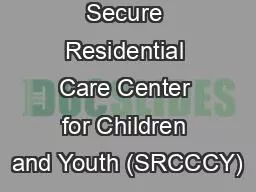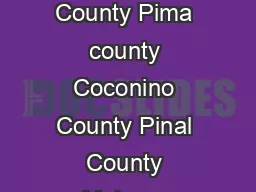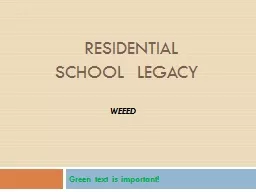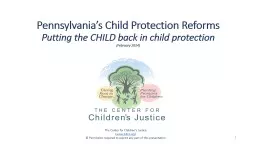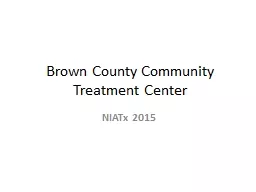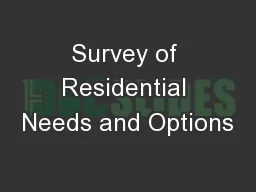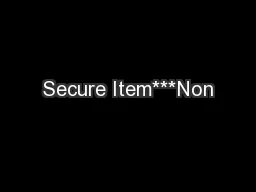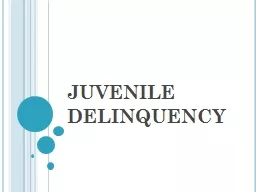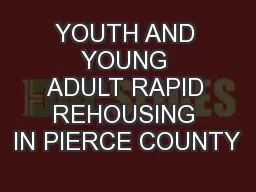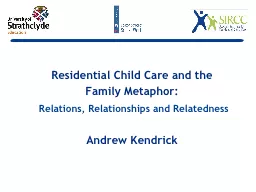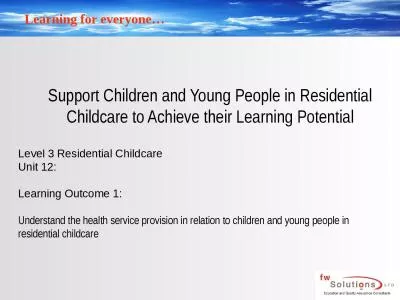PPT-Brown County Secure Residential Care Center for Children and Youth (SRCCCY)
Author : cleminal | Published Date : 2020-10-01
Erik Pritzl Kevin Brennan Dannel Skalecki Brian Laurent August 19 2019 Utilization and Facility Overview Statewide SRCCCY Population Need Source Secure Juvenile
Presentation Embed Code
Download Presentation
Download Presentation The PPT/PDF document "Brown County Secure Residential Care Cen..." is the property of its rightful owner. Permission is granted to download and print the materials on this website for personal, non-commercial use only, and to display it on your personal computer provided you do not modify the materials and that you retain all copyright notices contained in the materials. By downloading content from our website, you accept the terms of this agreement.
Brown County Secure Residential Care Center for Children and Youth (SRCCCY): Transcript
Download Rules Of Document
"Brown County Secure Residential Care Center for Children and Youth (SRCCCY)"The content belongs to its owner. You may download and print it for personal use, without modification, and keep all copyright notices. By downloading, you agree to these terms.
Related Documents

